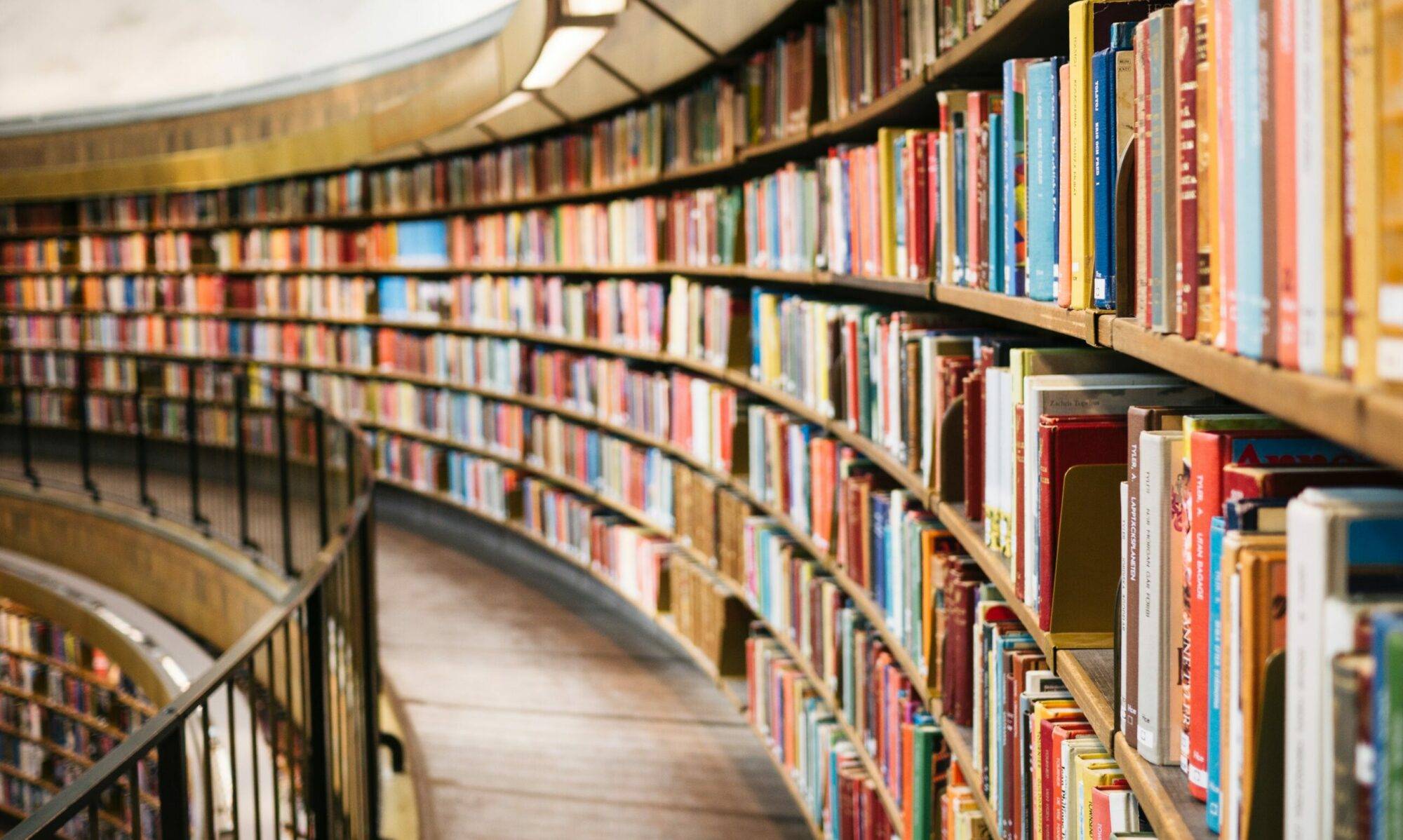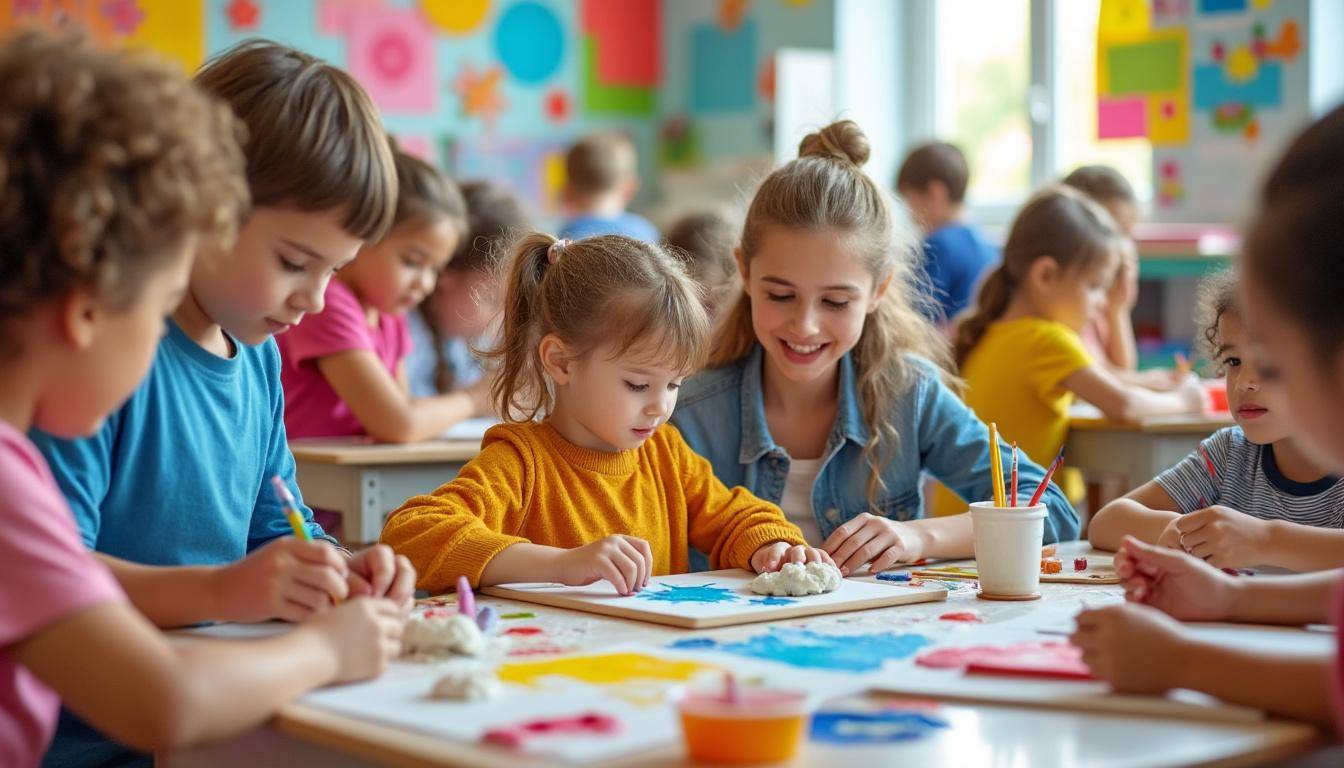In the evolving landscape of education, fostering children’s artistic expression requires innovative approaches that bridge creativity and structured guidance. Recent research delves into how various art activity types and teacher involvement interplay to enhance children’s cognitive, emotional, and social development. These insights illuminate pathways for educators to craft vibrant, imaginative classrooms that nurture young artists’ growth holistically.
Unlocking Artistic Potential: Innovative Educational Approaches Supporting Children’s Creative Expression
Children’s art activities are far more than mere play — they are essential vehicles for developing observation, cognitive association, and expressive language as demonstrated by leading experts in ArtEd Innovations. Teachers’ facilitation guides sensory experiences that unlock creativity and emotion, fundamentally shaping artistic development. According to recent studies, spontaneous art activities often lead to higher engagement and richer artistic experiences compared to self-directed or structured formats.
- Spontaneous activities draw upon children’s immediate interests, encouraging natural exploration and creative freedom.
- Self-directed activities empower children to plan and execute their own artistic projects, fostering autonomy.
- Structured activities provide carefully planned instruction aimed at meeting defined artistic or cognitive goals.
This nuanced understanding is crucial for educators aiming to inspire artistry while balancing child agency with guided learning. Integrating these varied activity modes can create dynamic, responsive environments tailored to a diversity of learning needs, aligning closely with concepts like CreativeClassroom and Imaginative Teaching.
How Teacher Involvement Transforms Children’s Artistic Journeys
Teachers are pivotal in enriching art activities. Through demonstration, explanation, material provision, and documentation, educators function as both mentors and facilitators, scaffolding children’s progress in symbolic representation and creative expression. The concept of Educator’s Palette highlights how strategic guidance enhances children’s learning outcomes and social-emotional skills by:
- Modeling artistic techniques to inspire accurate and expressive imitation.
- Providing diverse and meaningful materials to stimulate exploration and collaboration.
- Clarifying concepts and encouraging questions to deepen critical thinking.
- Documenting progress to reflect on learning and motivation.
Correlation analyses reveal strong links between these instructional strategies and children’s elevated performance in collaborative division of labor, questioning, and associative thinking. This synergy affirms the role of teacher guidance in cultivating Expressive Learning and advancing ArtConnect within classroom settings.
Customizing Art Education: Matching Activity Types with Learning Objectives and Child Interests
Optimal outcomes emerge when educators thoughtfully match teaching modes to specific developmental aims. For example:
- Spontaneous activities effectively promote imagination, self-confidence, and active participation, excelling in fostering emotional well-being and peer interaction.
- Structured activities enhance focus, critical thinking, listening skills, and cooperative learning.
- Self-directed activities stimulate autonomy, inquiry, and creative problem-solving.
Such findings are supported by emerging research integrating sociocultural theories and experiential learning frameworks, which underscore the importance of responsive, culturally attuned pedagogy to nurture both artistic skill and personal growth. Employing a balance of exploratory and structured methods empowers educators to embrace TeachArtistry that adapts to children’s evolving needs.
Putting Theory into Practice: Practical Strategies for Artful Educators
Teachers keen to spark creativity while supporting developmental milestones can adopt the following strategies:
- Encourage spontaneity: Allocate time and space for unstructured artistic exploration to fuel intrinsic motivation.
- Provide rich materials: Incorporate natural objects, recycled items, and varied media to stimulate sensory engagement and imagination.
- Use targeted guidance: Intervene selectively with demonstrations and questions that deepen understanding without stifling creativity.
- Create collaborative opportunities: Facilitate group projects that build communication, cooperation, and leadership skills aligned with Artful Educators initiatives.
- Document progress: Use photos, recordings, or portfolios to reflect on achievements and scaffold future goals.
Such pedagogical approaches promote a culture of learning where children’s emotional health, cognitive depth, and artistic competencies flourish in unison. When combined with insights from digital innovation explored in digital creativity tools and technology empowerment, educators can craft truly immersive InspireArtistry environments.
Embracing Technology and Play to Enhance Artistic Learning Experiences
The contemporary classroom increasingly incorporates digital tools and play-based methodologies that enrich traditional art education. Augmented reality, educational apps, and interactive platforms augment sensory engagement and interactivity, making learning both playful and profound. These innovations resonate with the mission of CreativeClassroom and the vision of Imaginative Teaching by offering:
- Interactive story creation and immersive visual arts tools to support symbolic cognition.
- Real-time feedback and scaffolded challenges that adjust to children’s developmental zones.
- Facilitated collaboration through digital sharing spaces, connecting young learners across classrooms.
Integrating such technology complements hands-on art activities and capitalizes on children’s digital literacy, a key skill in 21st-century education highlighted in resources like this guide. By blending classic art education with next-generation tools, educators expand the horizons of creative learning.
Exploring Collaborative and Cultural Dimensions to Expand Artistic Horizons
Furthermore, group-based art projects and culturally responsive materials enrich children’s social and emotional learning. Collaborative creation, especially when infused with traditional or ethnic artistic elements, strengthens identity and fosters a broader appreciation of diversity. Educators harnessing these approaches tap into overarching frameworks like ArtConnect and Crafting Creativity to:
- Encourage respectful dialogue and shared ownership in artistic endeavors.
- Support children with diverse learning needs via adapted materials and scaffolding.
- Connect art education with wider curricular themes such as environmental awareness and community engagement.
The resulting immersive learning environment nurtures holistic development, preparing children for lifelong success both within and beyond academic settings. Practical insights on integrating theatre arts as seen in this resource further highlight creative pathways for educators.


